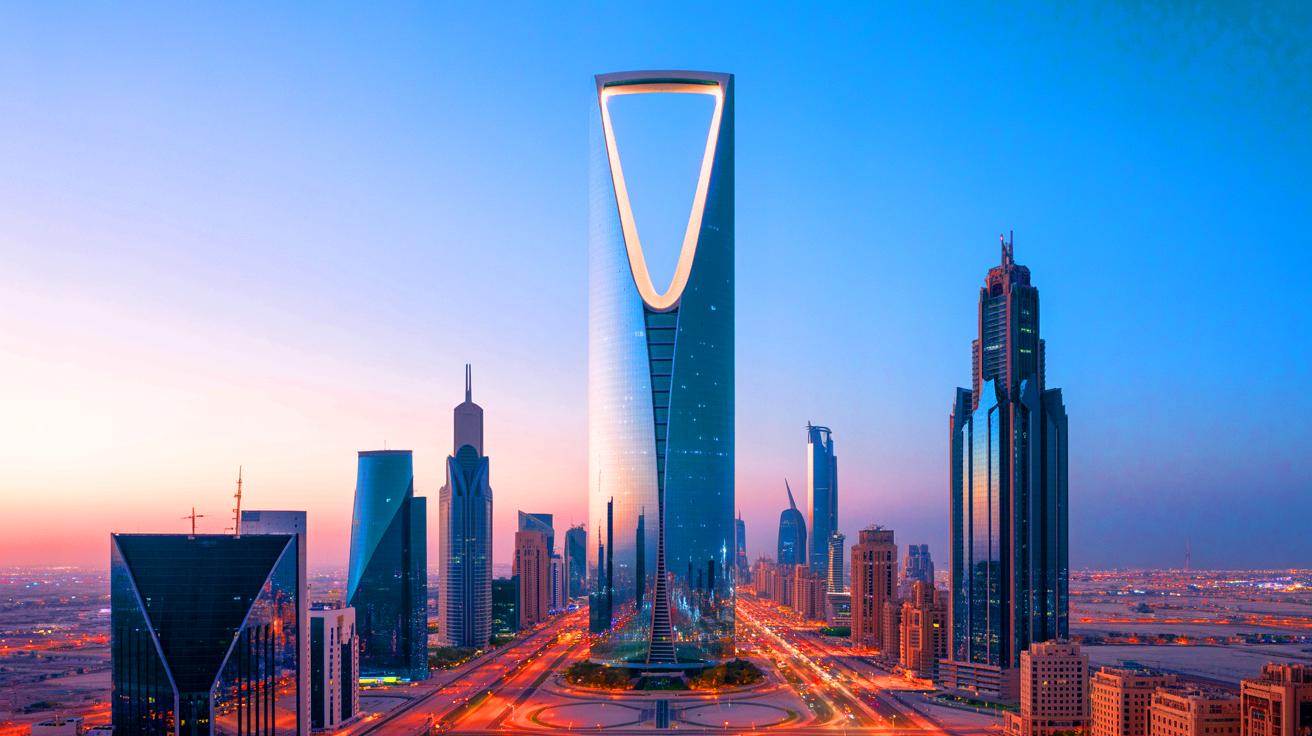IN A NUTSHELL
🏗️ Saudi Arabia is spearheading futuristic architecture with projects like the Rise Tower to diversify its economy.
🌍 The Public Investment Fund is collaborating with global firms to bring innovative designs to life.
🔧 These developments emphasize sustainability and efficiency, aligning with the nation’s Vision 2030 goals.
📈 The Rise Tower could inspire a global architectural shift towards modern design and urban planning.
Recent developments in Saudi Arabia’s architectural ambitions suggest a shift in the global landscape of futuristic construction. As the world anticipates the unveiling of innovative projects, Saudi Arabia is positioning itself as a leader in this domain. Unlike the well-documented architectural feats of Dubai, Saudi Arabia’s efforts have been shrouded in mystery, with projects like the Jeddah Tower and Neom capturing the imagination. The latest addition to this list is the Rise Tower, a project that has generated significant interest and speculation. This endeavor could potentially redefine how we perceive urban centers and skyscrapers.
The Rise of Saudi Arabia’s Architectural Vision
Saudi Arabia is making significant strides in architecture, with projects that challenge conventional norms. The Rise Tower is one such initiative, promising to outdo any existing or planned skyscrapers globally. This ambition reflects a broader strategy to diversify the country’s economy, reducing reliance on oil revenues. The Rise Tower is anticipated to be a centerpiece in a new business district, part of a grander vision for urban development.
The country’s Public Investment Fund (PIF) is at the forefront of this transformation, actively seeking partnerships with international firms to bring these visions to life. This move indicates a commitment to incorporating global expertise while fostering local innovation. Such collaborations are crucial as they blend international design prowess with Saudi Arabia’s unique cultural and environmental needs.
Moreover, the focus on futuristic architecture aligns with Saudi Arabia’s Vision 2030, a plan aimed at economic diversification. By investing in cutting-edge structures, the nation hopes to position itself as a hub for innovation and a destination for global tourism.
Understanding the Significance of Rise Tower
The Rise Tower is not just another skyscraper; it’s a symbol of Saudi Arabia’s ambition to lead in urban development. According to reports from MEED, an authoritative voice in the Middle East’s business landscape, the project involves a competitive bidding process managed by the PIF. This approach ensures that the highest standards of design and construction are met, attracting top-tier global firms.
The tower is expected to serve as a nucleus for a burgeoning business district, providing a platform for economic activities beyond the oil sector. Its development underscores the shift towards sustainable and diversified economic growth. Additionally, the project promises to integrate advanced technologies, reflecting a commitment to sustainability and efficiency.
The Rise Tower aims to set a benchmark in architectural excellence and economic utility, representing a bold step towards a post-oil economy.
https://www.rudebaguette.com/en/2025/07/dubais-skyline-will-never-be-the-same-again-this-1500-foot-residential-skyscraper-promises-a-new-era-of-ultra-luxury-living/
Implications for Global Architecture
Saudi Arabia’s initiatives could have far-reaching impacts on global architectural practices. By pushing the boundaries of design and construction, projects like the Rise Tower could inspire similar endeavors worldwide. This trend towards futuristic architecture might catalyze a new era of skyscraper design, where functionality meets aesthetics in unprecedented ways.
The success of the Rise Tower could also encourage other nations to reevaluate their architectural strategies, prioritizing sustainability and innovation. As nations grapple with urbanization challenges, Saudi Arabia’s approach offers valuable insights into integrating modern infrastructure with environmental consciousness.
Additionally, the global architectural community stands to benefit from the technological advancements and materials developed for these projects. Such innovations could lead to more efficient construction methods and environmentally friendly building practices.
Challenges and Opportunities Ahead
While the Rise Tower represents a monumental opportunity, it also presents challenges. Construction in Saudi Arabia’s climate requires innovative solutions to ensure comfort and sustainability. Moreover, integrating cutting-edge technology in a manner that respects cultural and environmental considerations is crucial.
The project’s success depends on balancing these factors while maintaining economic viability. As Saudi Arabia continues to invest in such ambitious projects, it must also address potential geopolitical and economic risks. Ensuring that these developments benefit the local population and align with national priorities is essential.
Despite these challenges, the Rise Tower presents an opportunity to redefine urban landscapes. By embracing innovation and sustainability, Saudi Arabia could set a new standard for global architecture.
As Saudi Arabia continues to unveil its architectural ambitions, questions arise about the future of urban development. Will these projects inspire a global architectural renaissance, or will they remain unique to the Middle East? How will they influence the balance between tradition and modernity in urban planning worldwide?
This article is based on verified sources and supported by editorial technologies.
Did you like it? 4.6/5 (27)

